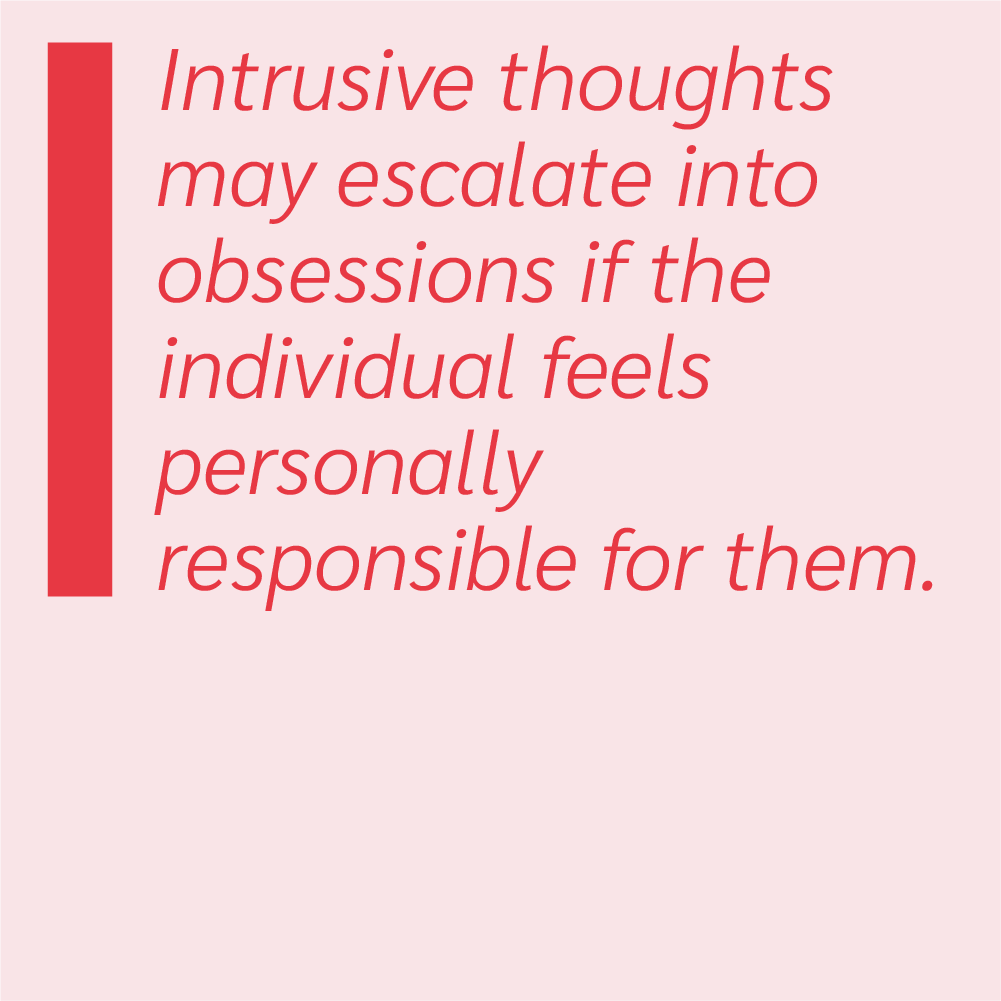Introduction & Theoretical Background
Intrusive thoughts, images and impulses suddenly appear in consciousness and are often experienced as distressing. They are common in non-clinical populations but, when appraised as having the potential to cause harm or as being the personal responsibility of the individual, may escalate into an obsession. Intrusive thoughts, images and impulses is a psychoeducation worksheet which details the results of a study investigating the frequency of such experiences in a student population (Purdon & Clark, 1993). Clients with OCD may find it reassuring to know the frequency with which 'normal' populations experience intrusive thoughts, which may go some way to undermining unhelpful appraisals.



